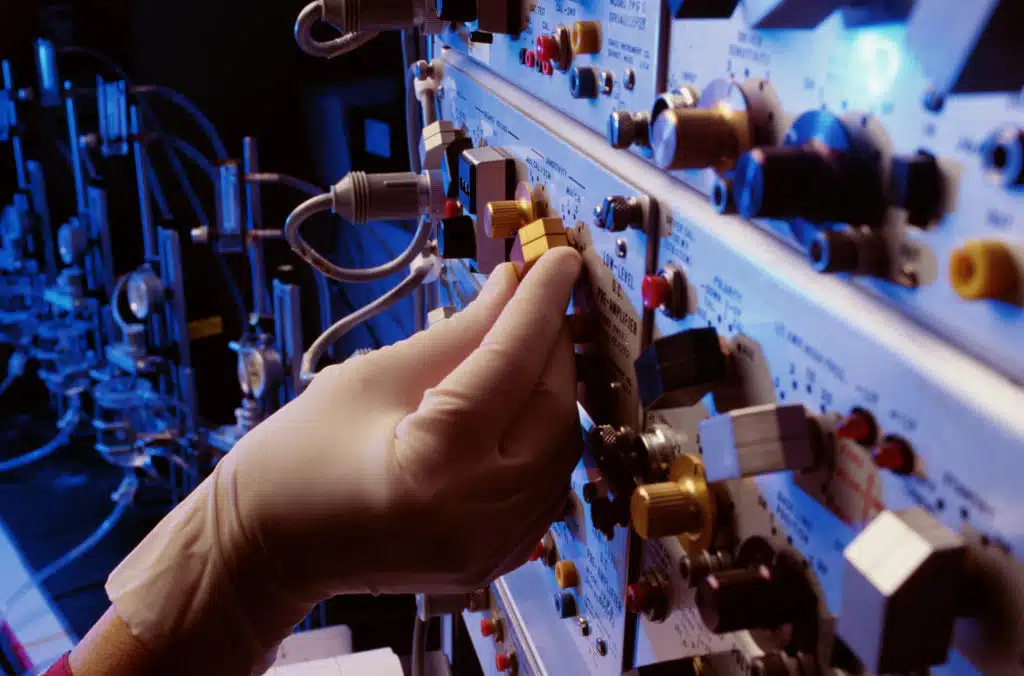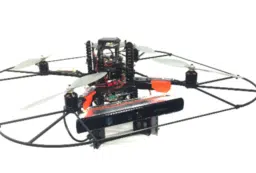The first practical atom laser is a step closer today thanks to Australian researchers.
The researchers have shown how to refuel the laser with ‘quantum foam’ allowing continuous operation. The results, reported today in Nature Physics, hold great promise for precision measurement in navigation, industry and mining and for fundamental tests of quantum mechanics.
Ten years ago the first atom laser brought its US inventers a Nobel prize. They discovered how to persuade ‘quantum foam’ (more properly known as Bose-Einstein condensate) to produce a beam of matter waves just as lasers produce an intense light beam.
Scientists hope to use this ‘atom laser’ as the basis for a swathe of new devices, some offering staggering improvements in measurement sensitivity.
Background
A Next-Generation Source of Ultra-Cold Atoms: Turning on the Atomic Tap
In 1995, a new state of matter, known as a Bose-Einstein condensate (BEC), that only exists at temperatures below one-millionth of a degree above absolute zero, was created in three leading US labs. In 2001, the ANU atom optics group led by Dr John Close and Dr Nick Robins, produced the first BEC in Australia. Since that time, the ANU group has used this exotic state of matter to develop the atom laser, a laser that produces matter waves that can be exploited in a host of high technology applications.
BEC occurs when atoms undergo a phase transition. A common phase transition occurs when water freezes into ice at 0 Celsius. In the case of BEC, the transition occurs in a gas at a temperature ten orders of magnitude lower, at 100 billionths of a degree above absolute zero.
What makes this phase transition special is that it causes the atoms to loose their individuality. A sample that was originally composed of millions of separate atoms suddenly becomes a giant ‘super atom’ (Figure 1).
Although this super atom could be visible to the naked eye, it is a purely quantum mechanical object. BEC brings the strange microscopic world of quantum mechanics (a world where, for example, being in at least two places at the same time is considered normal) up to the human scale. We can even hold the atoms in a simple magnetic bowl, in a similar way to holding water in a tiny thimble.
A spectacular consequence of BEC is that this thimble full of ultra-cold atoms can be poured out without disturbing their delicate quantum state. As the atoms fall away, they form a stream of atoms, an atom laser (Figure 2).
In this type of laser, a matter wave is equivalent to the light wave produced by an optical laser. The development of the atom laser is at the centre of a fascinating and rapidly moving new field: Quantum Atom Optics. The atom laser will be a key tool and a driving component of future quantum technologies such as coherent atomic circuits. Future industrial devices based on the atom laser are ultra precise atomic holography and atomic interferometers for mineral exploration.
At present only small samples of quantum fluids can be made. In a recent experiment performed at the Australian National University, the Atom Optics Group invented and studied the first method to continuously load the BEC, or atom laser source, with cold atoms. When combined with a “conveyor belt for atoms”, also under development at ANU, this will allow the atom laser beam to run continuously. The thimble that holds the BEC and that is the source for the atom laser, becomes a bottomless bucket
Current Bose-Einstein condensation experiments are equivalent to having a thimble sized tank filled with fluid. Puncturing the thimble allows the fluid to flow, forming a stream that falls under gravity. The tank is quickly emptied, and the flow turns off (Figure 2). Now imagine that a tap is installed that allows fluid to be directed into the top of the tank to replenish the fluid. The amount of fluid entering the tank equals the amount leaving and the stream flows forever.
The ANU group has invented a technique, “a tap”, operating at a temperature 100 billionths of a degree above absolute zero that refills the magnetic trap holding the BEC. Atoms are then trickled out of the BEC to produce the atom laser beam. It is the tap to replenish the atoms that was missing from every atom laser experiment in the world. The ANU group has overcome a major hurdle in turning the atom tap on. The work will be published in Nature Physics this month.





 Fresh Science is on hold for 2022. We will be back in 2023.
Fresh Science is on hold for 2022. We will be back in 2023.